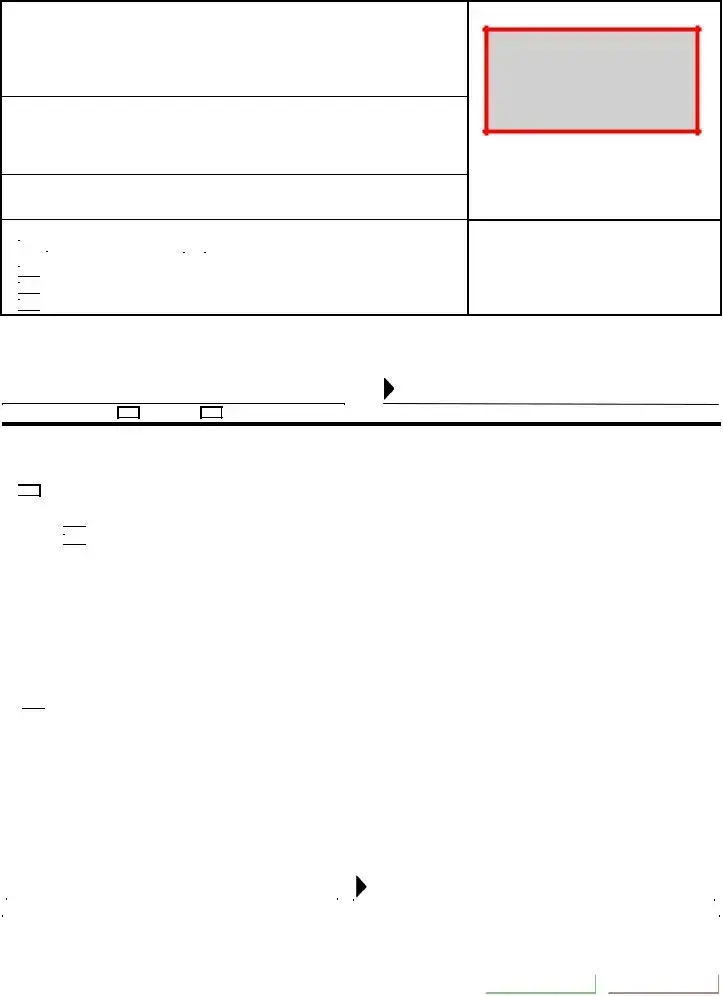1. What is the purpose of the CIV-120 form?
The CIV-120 form is used to notify the involved parties and the court about the entry of dismissal in a legal case. It provides proof of service and ensures that all parties are aware that the case has been dismissed, along with the details of how and when they were notified.
2. Who needs to complete the CIV-120 form?
Typically, the form must be completed by the attorney or party without an attorney who is involved in the case. If the case has been dismissed, it is essential for the person initiating the dismissal to file this form to finalize the process.
3. Where do I submit the completed CIV-120 form?
The completed CIV-120 form should be submitted to the Superior Court of California in the county where the action was filed. Make sure to keep copies of the form for your records as well.
4. What information do I need to provide on the form?
You will need to provide details such as your name, contact information, the name of the attorney (if applicable), case information, and the specifics of the dismissal. This includes the case number and the names of the plaintiff and defendant.
5. Is it necessary to attach a proof of service?
Yes, attaching proof of service is essential. The form includes sections to document how the notice was delivered to the involved parties, whether by mail, personal delivery, or electronically. A completed proof of service assures the court that proper notification has taken place.
6. Can I submit the CIV-120 form electronically?
Electronic submissions are allowed, as long as there is either a court order permitting it or an agreement from the parties involved. Ensure that the electronic service is documented appropriately on the form.
7. What happens if I forget to sign the CIV-120 form?
Signing the form is crucial. If you fail to sign it, the court may reject the filing or require you to resubmit it. Always double-check that all required signatures are in place before submission.
8. How do I confirm that my dismissal was entered?
You can confirm your dismissal by contacting the clerk’s office at the court where you filed your case. They can provide you with information regarding the status of your dismissal and any relevant court filings.
9. What should I do if my dismissal case was previously entered incorrectly?
If you find an error regarding how your dismissal was entered, you should address it with the court as soon as possible. This may involve filing a motion or another relevant form to correct the mistake.
10. Are there any fees associated with filing the CIV-120 form?
Usually, filing the CIV-120 form does not incur any additional fees if it follows a court dismissal. However, check with your local court for any specific policies or potential fees related to your case.





 Personal Injury, Property Damage, or Wrongful Death
Personal Injury, Property Damage, or Wrongful Death
 Motor Vehicle
Motor Vehicle  Other
Other Family Law
Family Law 


 Eminent Domain
Eminent Domain





 I deposited the envelope with the United States Postal Service.
I deposited the envelope with the United States Postal Service. I placed the envelope for collection and processing for mailing following this business's ordinary practice with
I placed the envelope for collection and processing for mailing following this business's ordinary practice with I served a copy of the
I served a copy of the  I served a copy of the
I served a copy of the